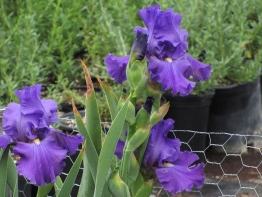A Distribution of Flower Children from the Same Parents
A Distribution of Flower Children from the Same Parents- Bob Sussman
(Hardly a scientific peer reviewed article, maybe better)
A little over 10 years ago, thanks to a visit from Dr. Richard Richards I learned how to cross or hybridize pacific coast irises. He’s the one most responsible for my pacific coast iris addiction. The basic process is a mechanical one, as simple as crossing any sort flower. The whole process of getting really exceptional flowers is not. After a couple of years of trying, I had a general idea about the process but was still getting some pretty boring results. On one of Dr. Richards subsequent visits I asked him, “ I’m getting results but they are pretty boring. Why aren’t I getting the good stuff.?” The answer centered on the fact that my parent pairs just weren’t that different from one another and that I needed lots of weirdness in the various parental gene pools. Something that seemed sort of obvious after he explained it but having a limited background in life science, I needed a bit of a hit on the head. (While my background is limited when it comes to hybridizing flowers I do know where children come from. )
Okay, now I’ve got the picture and did something about it but the results would have to wait for at least two years to know if I was going in the right direction. It takes two years from iris cross to develop the first flowers and sometimes three. I found and bought some of the more “modern” hybrids with more interesting patterns and colors and went to work. The more diverse parents produced more diverse children. Many of my new iris children did not like growing up in Moorpark at our nursery. In Southern Calif. we’re well outside the range where pacific coast irises live. Generally we’re much warmer in summer with days hitting 105 and not as cool or wet in winter relative to their native range. Over the years we had more than our share of losses but some persisted and seemed to do well in the warmer weather. We then took the irises that grew well for us and crossed them, creating a second series. The second series would serve as “breading” stock that should produce interesting children and grow well in our region and in our gardens without special care.
Here’s one set of parents that we started with, ‘Spinning Sarah,’ one of our creations with ‘Canyon Snow,’ as one of the parents and ‘Now Showing’. ‘Now Showing,’ is a Ghio hybrid with a pretty diverse set of ancestors, both shown below. Just for reference Mr. Ghio is by far the preeminent pacific coast iris hybridizer, of perhaps all time. He is still young in his early 80’s.

‘Spinning Sarah’ – one of our creations with ‘Canyon Snow’ as one of the parents.
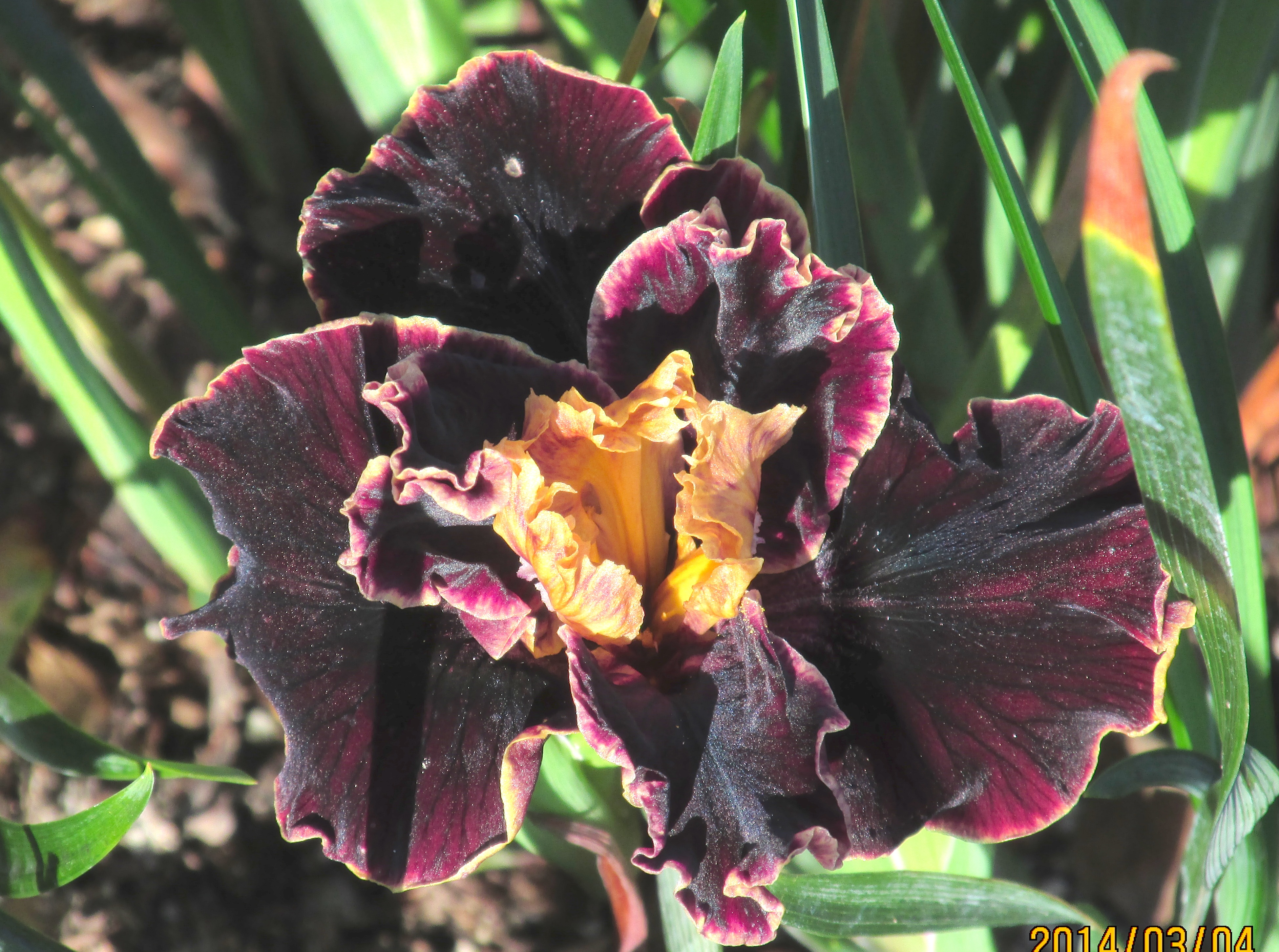
‘Now Showing’, a somewhat older Ghio iris with lots of hybrids in the background that tend to be on the maroon side but with some yellow.
Here are 10 of the children from the cross and as mentioned above where individuals looked very similar I just chose the one with the best photo.
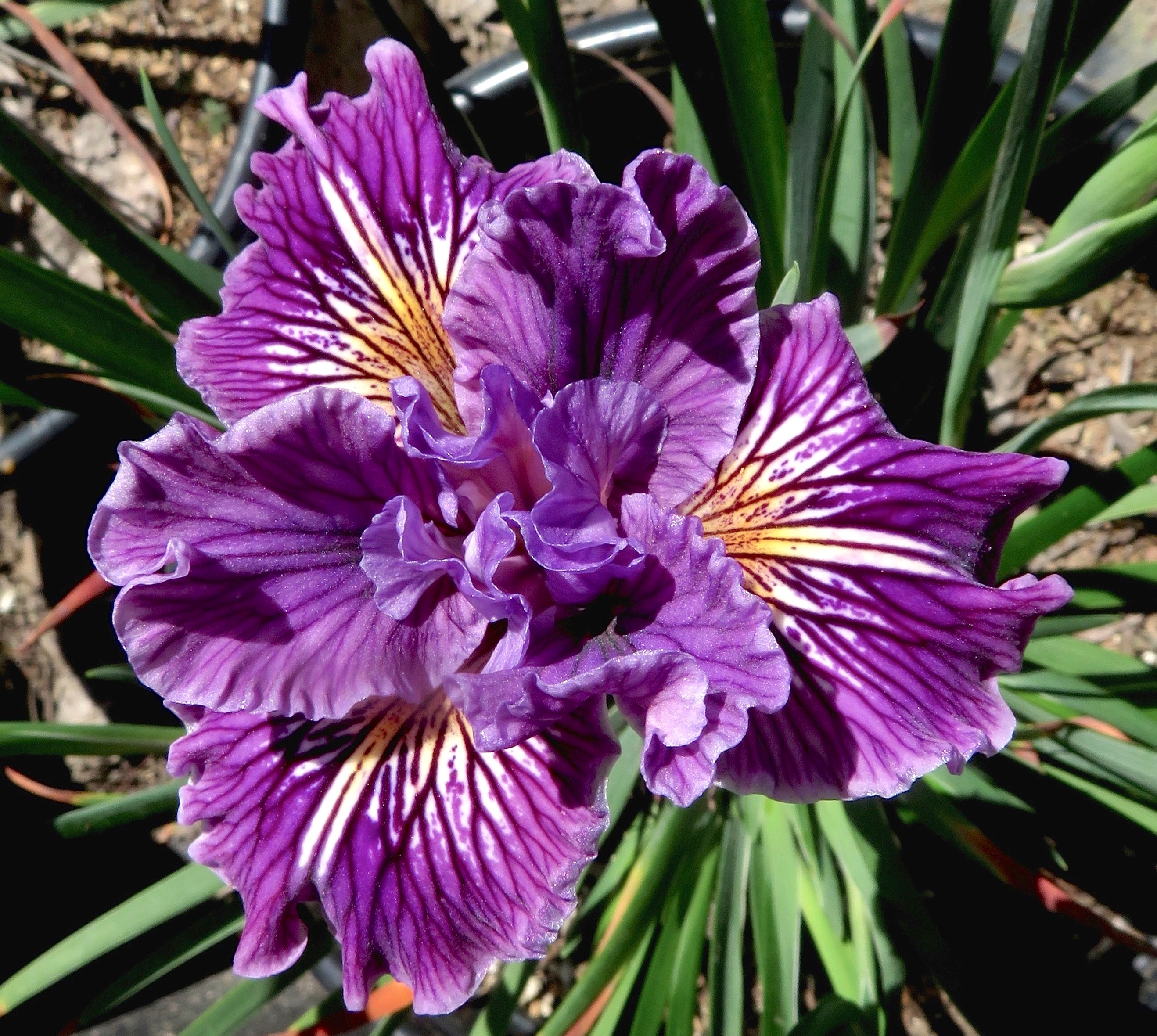
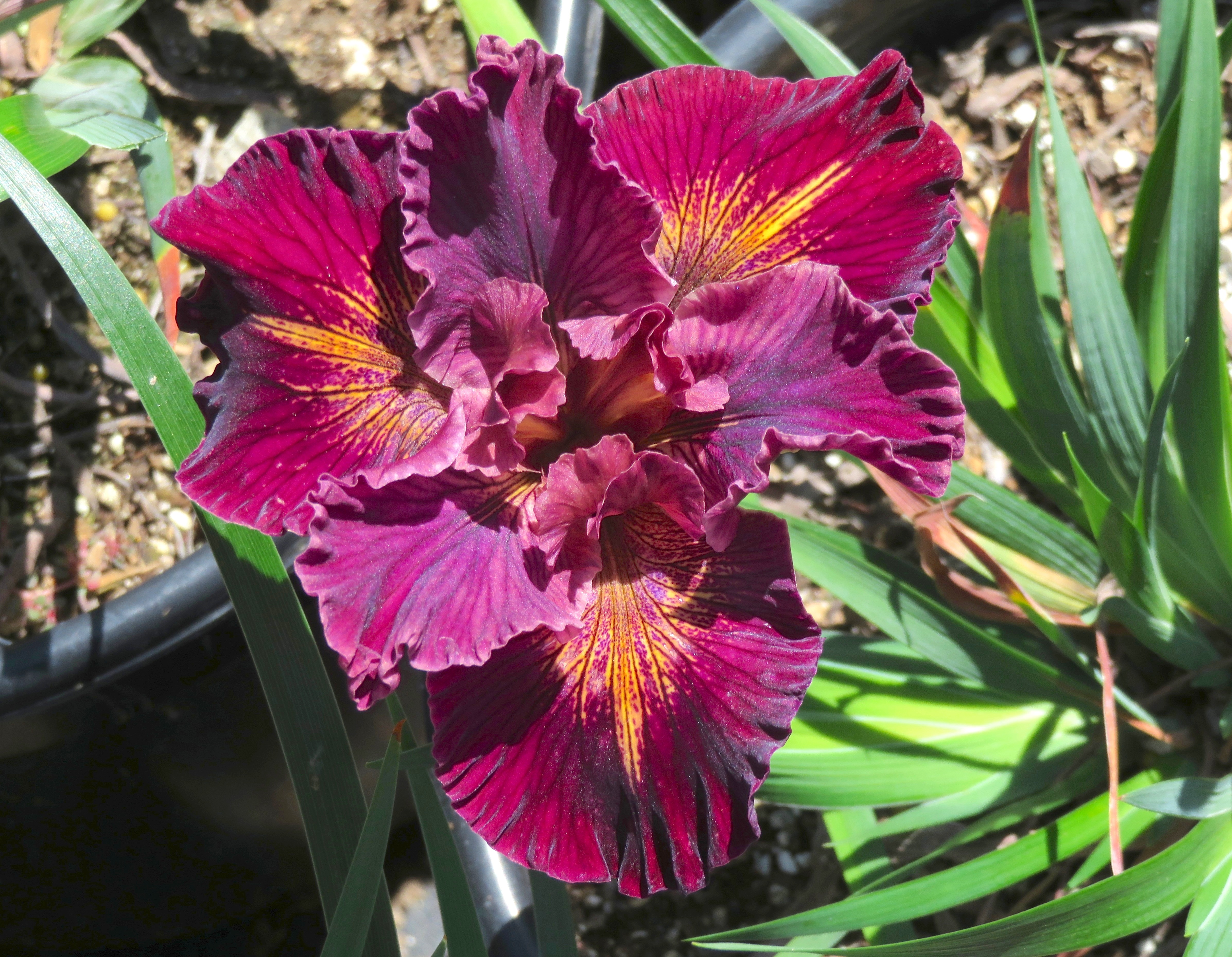
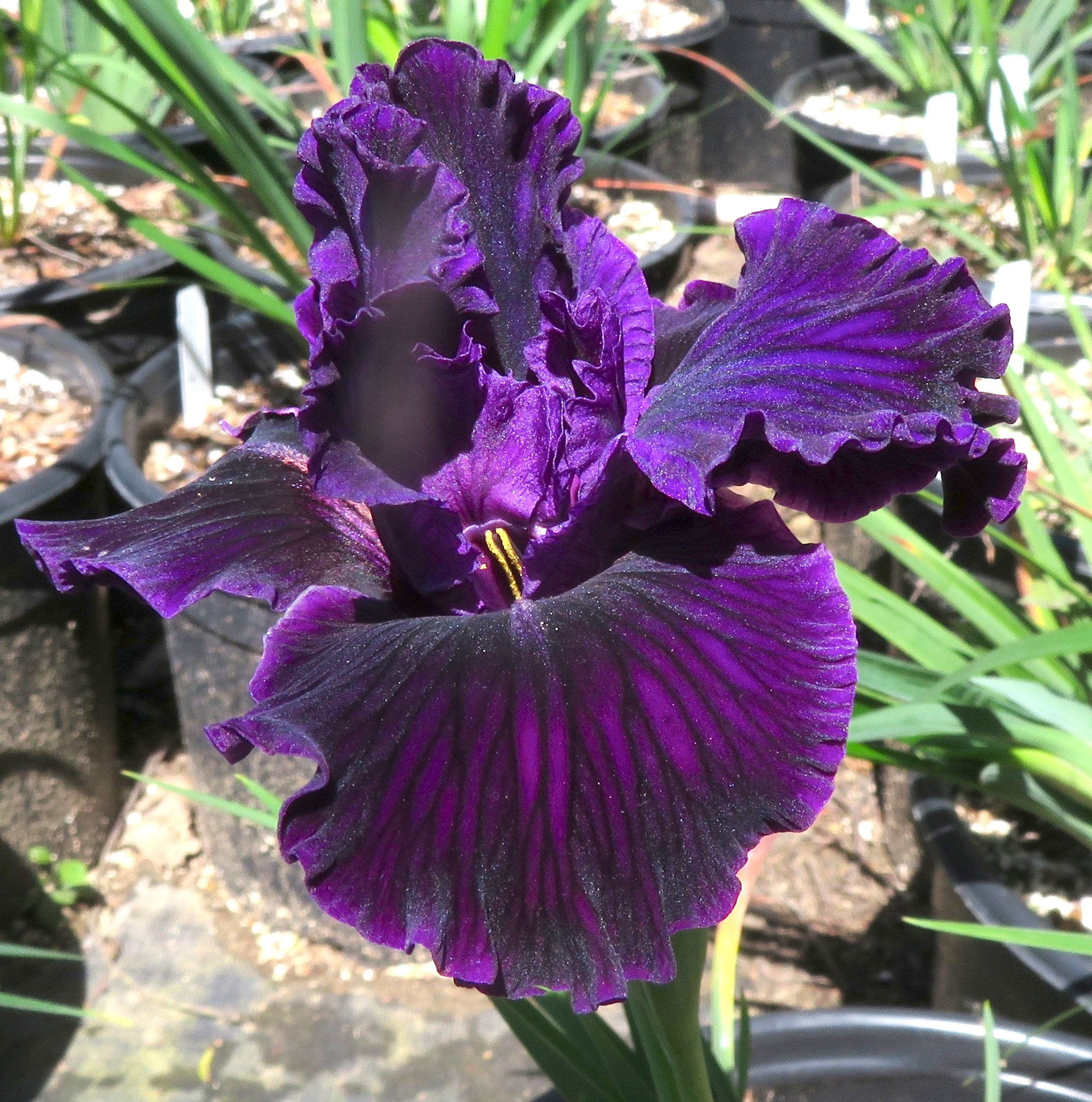
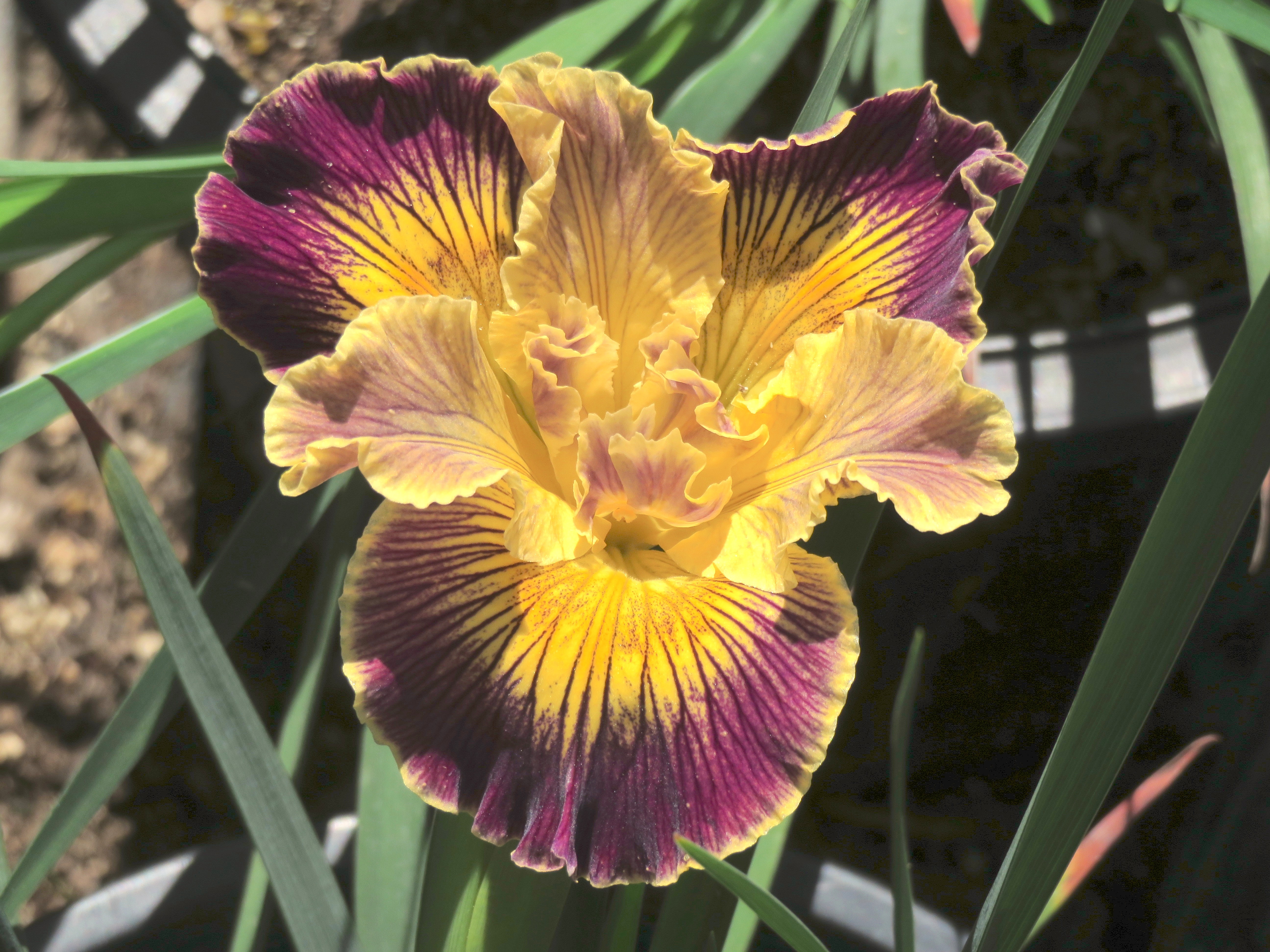
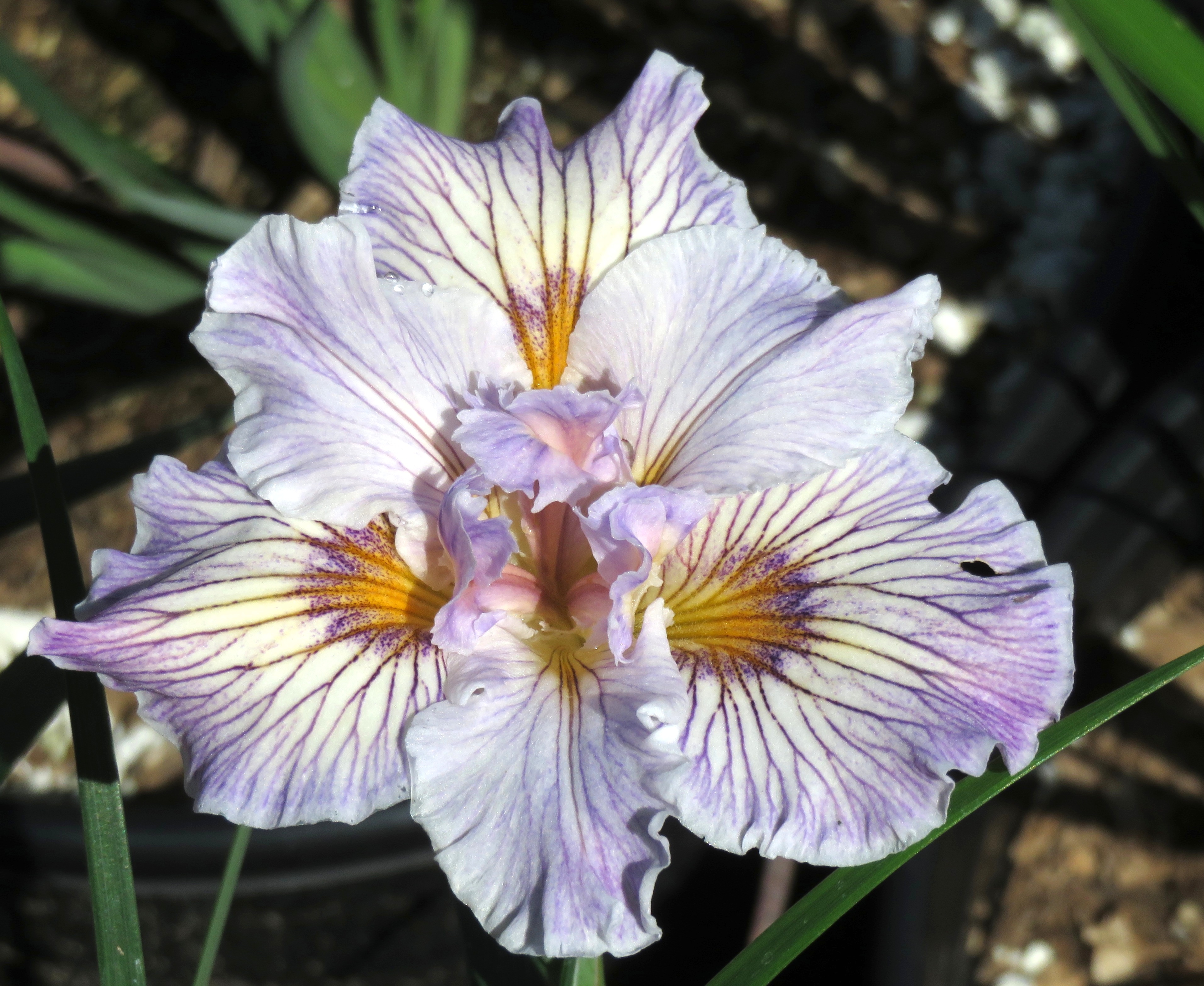
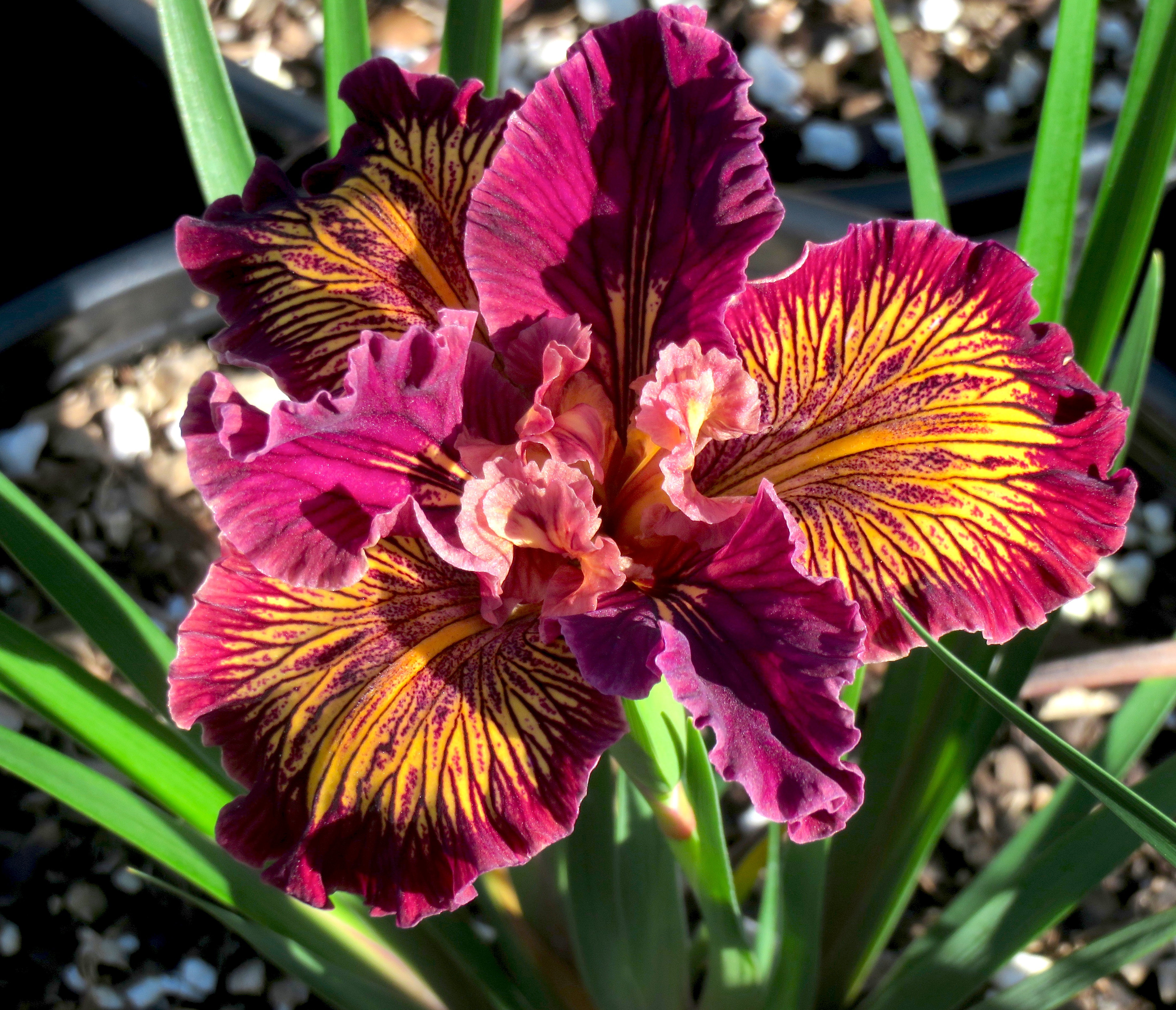
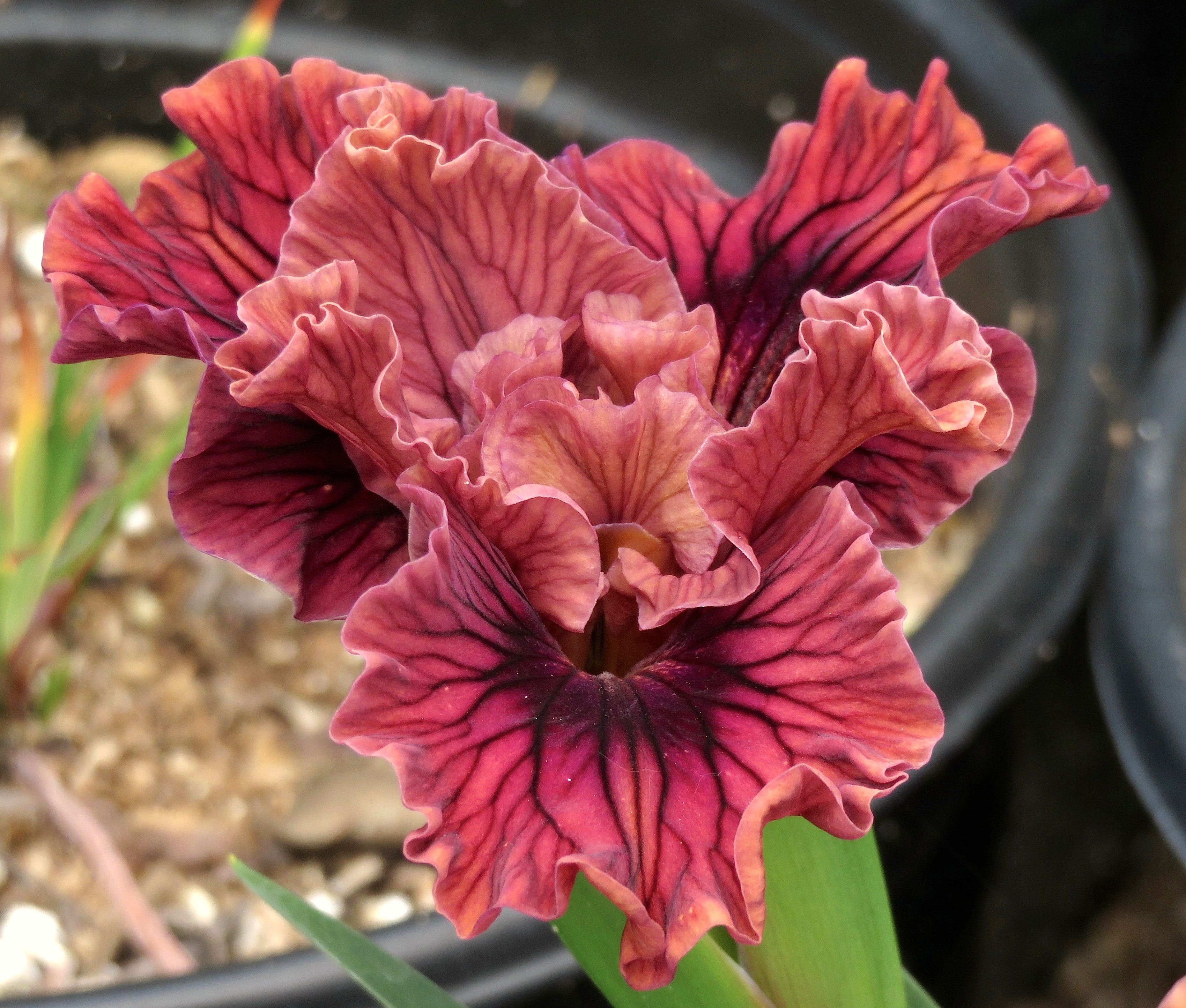
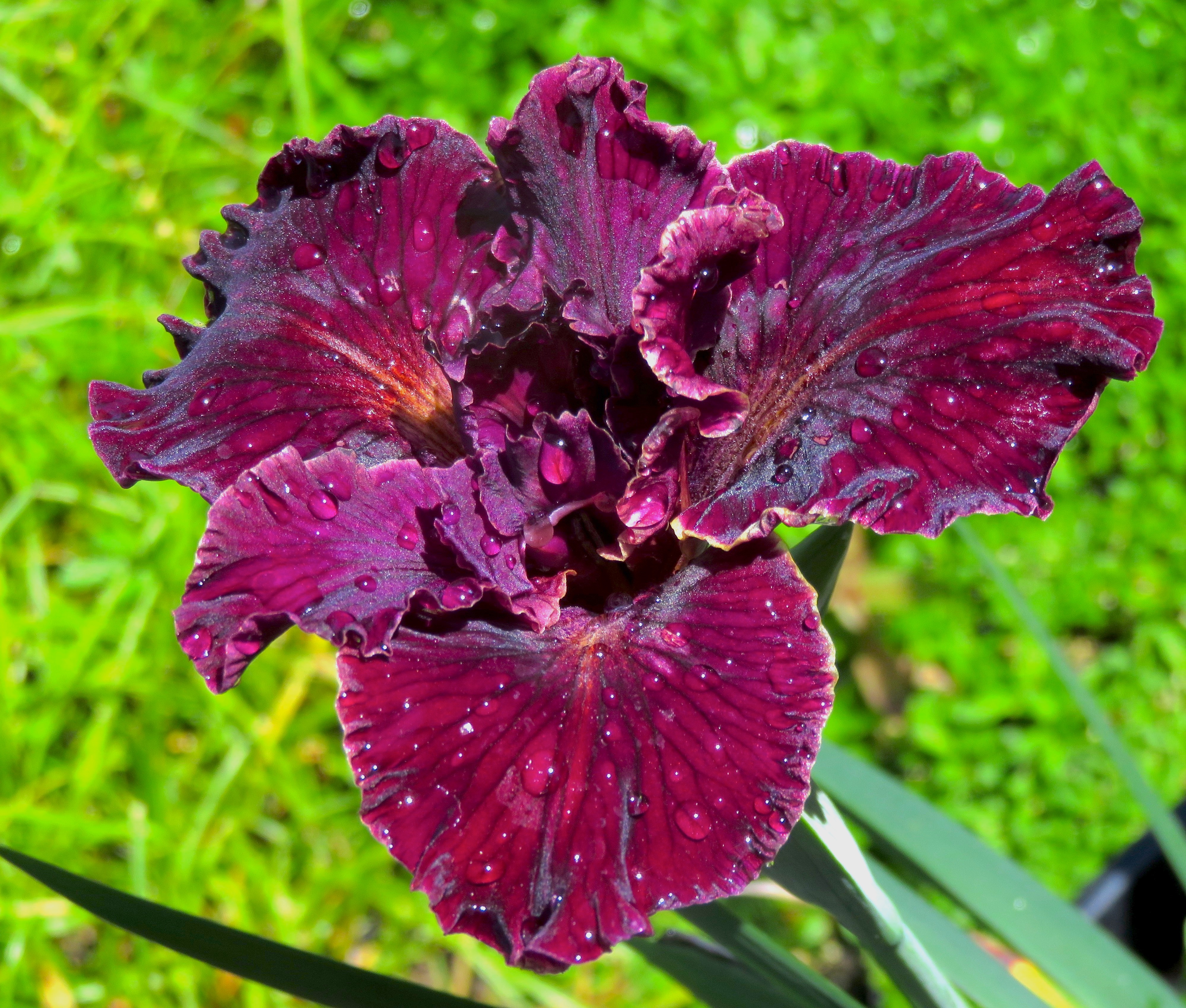
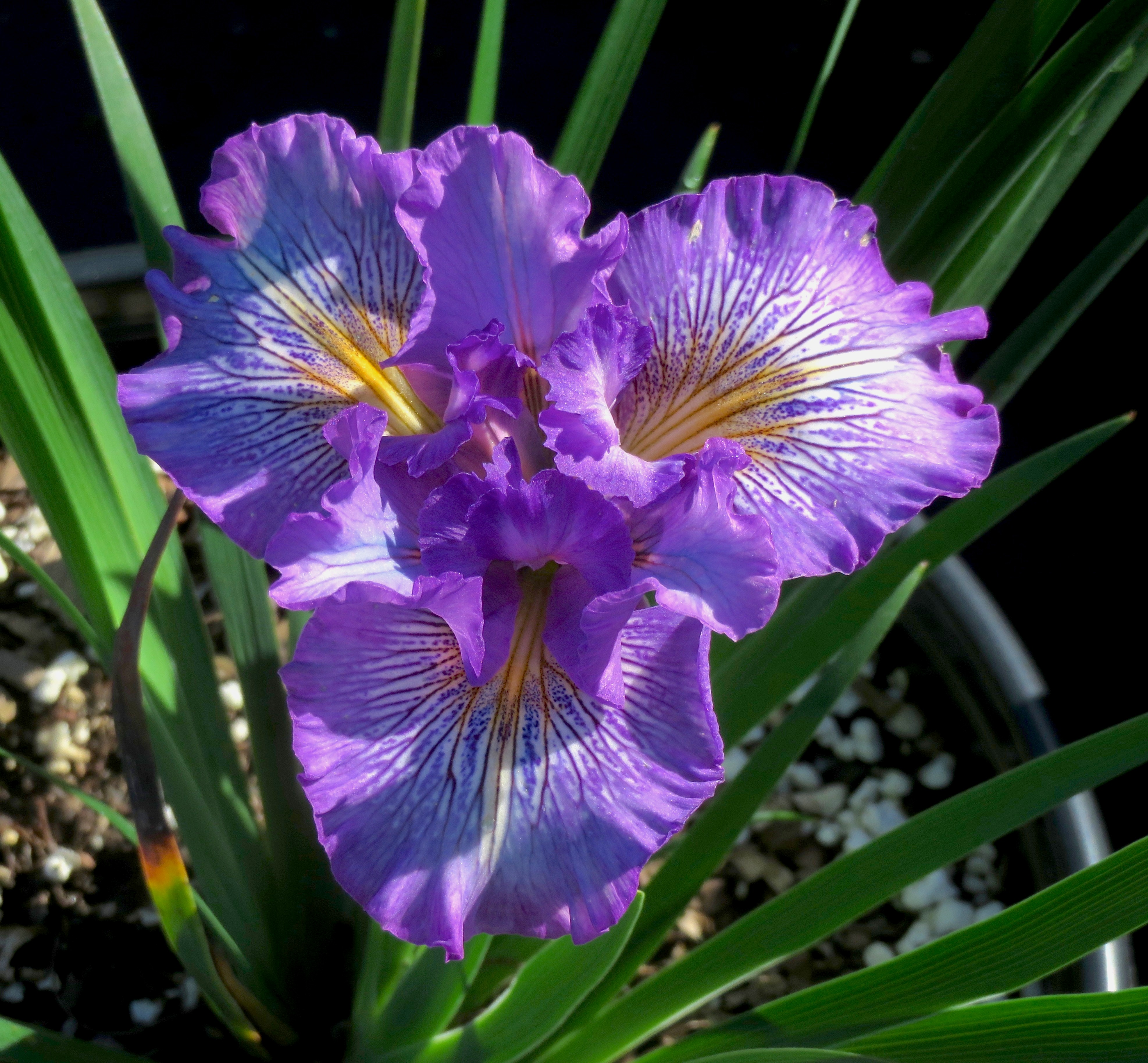
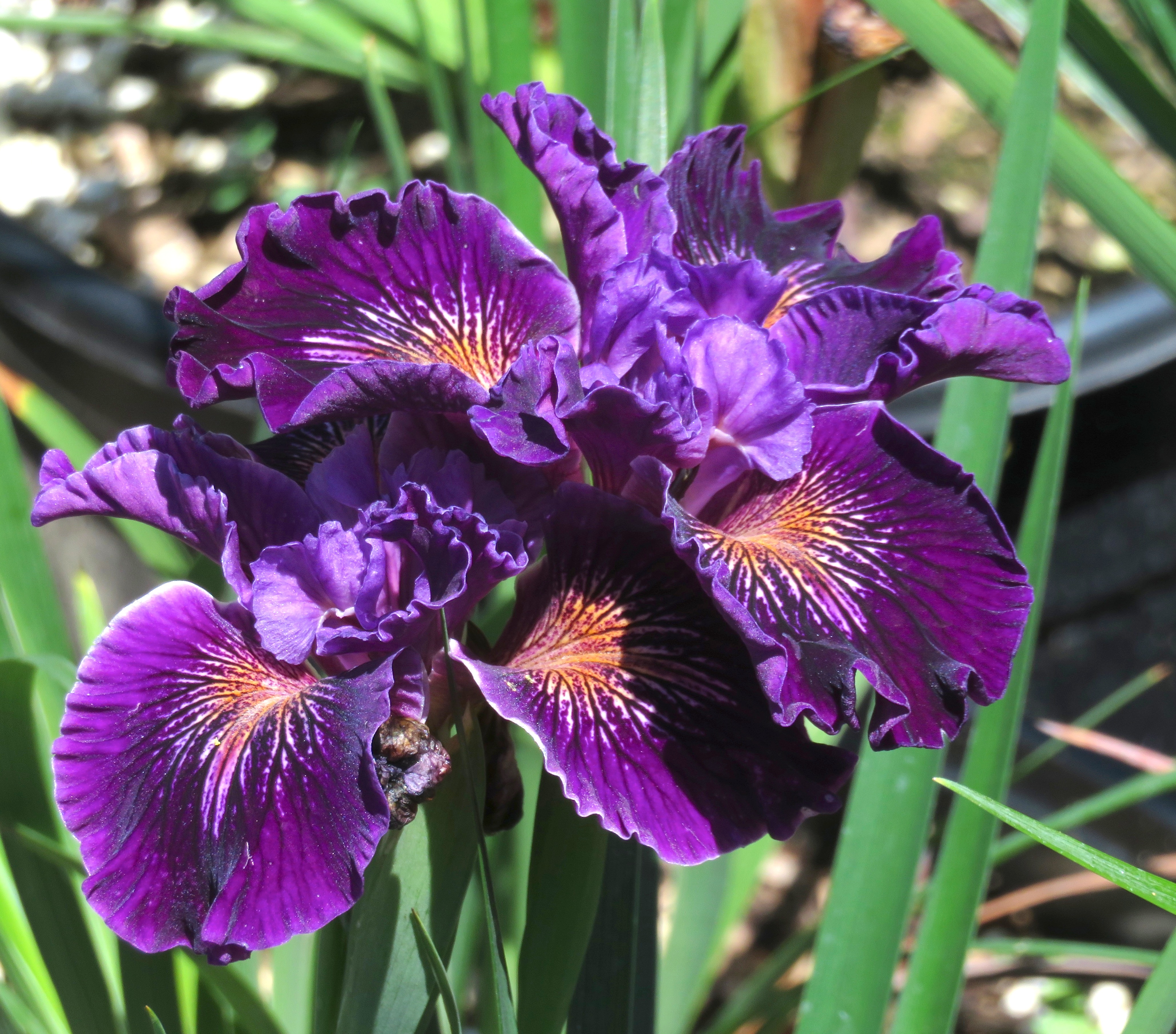
At this time 9/20/20, most of these have made it through the summer and will likely be divided. We didn’t discuss how to grow these in your garden. It’s actually pretty easy and the subject of another article. Note too, the ones that didn’t bloom last spring, I’ll probably have them for sale for the gardens of some very lucky people!
